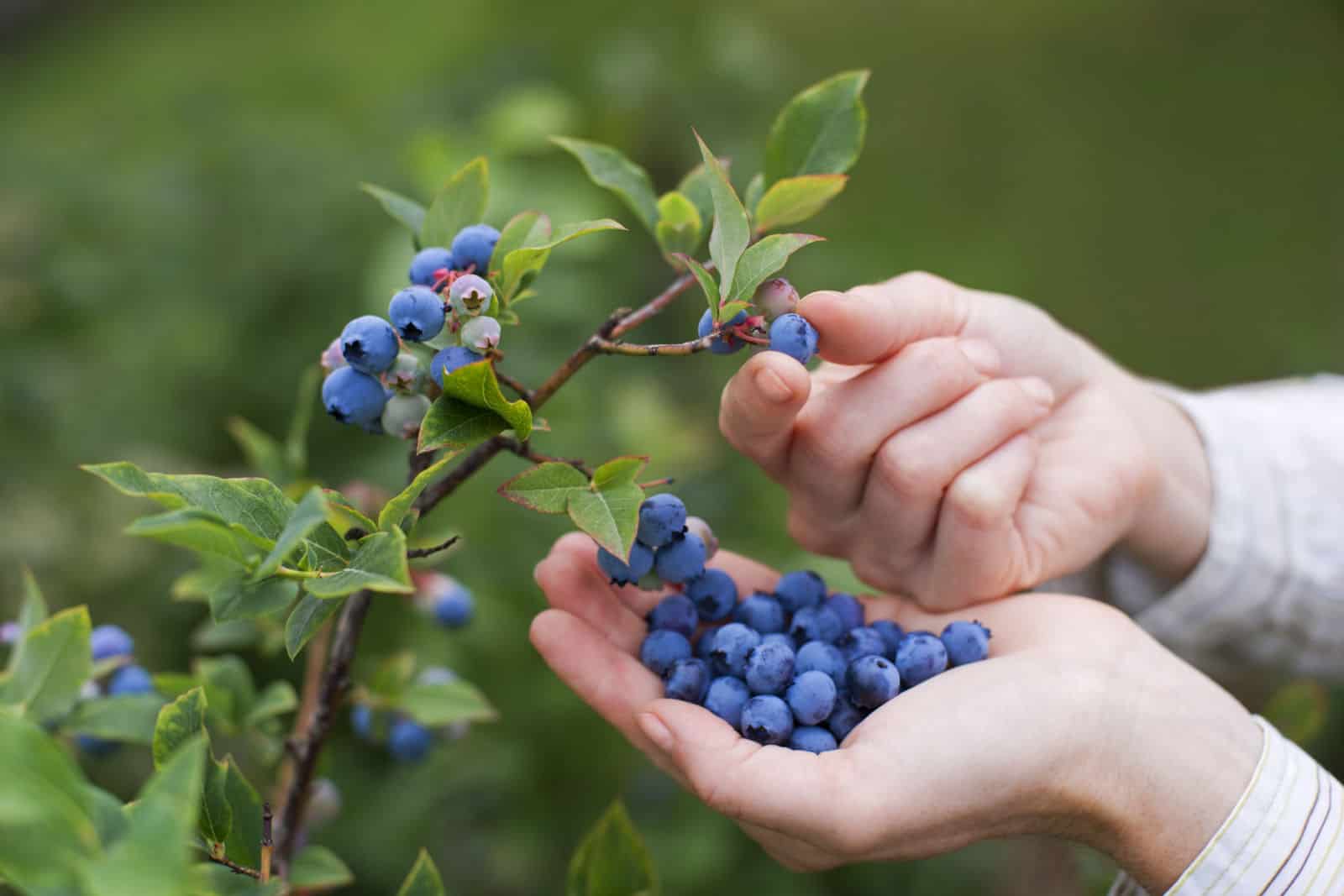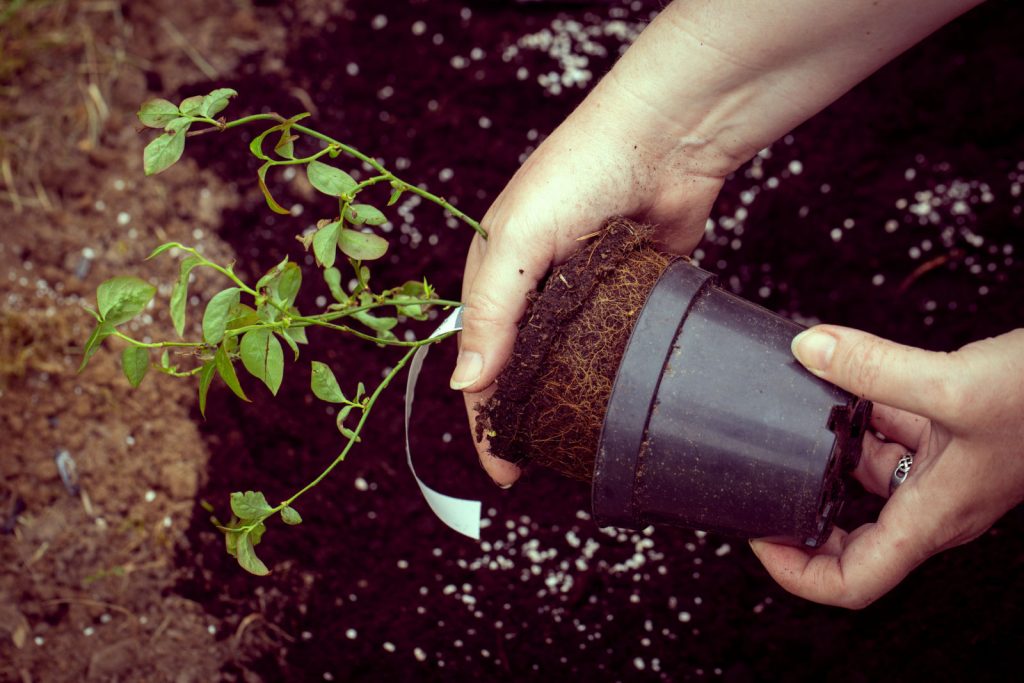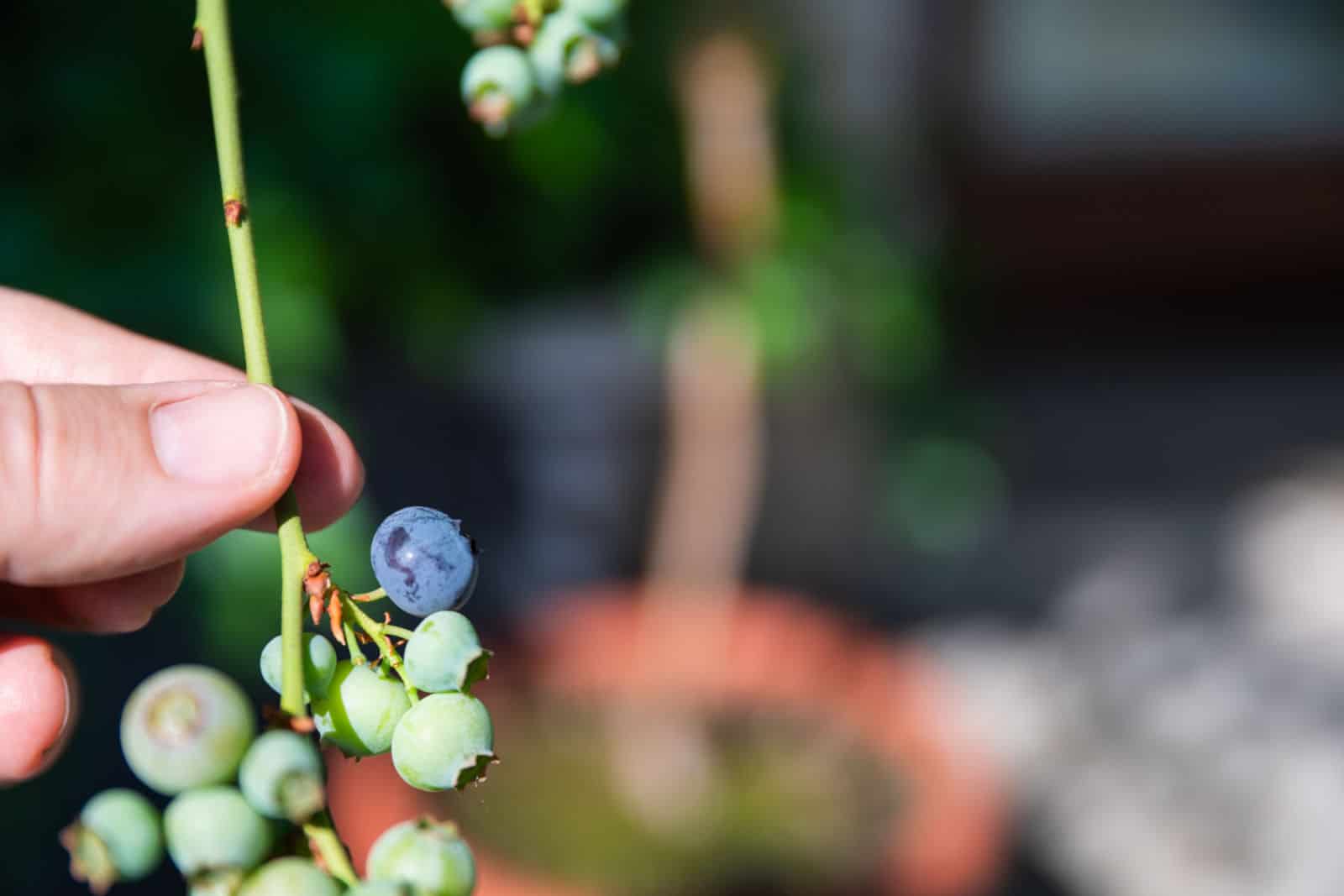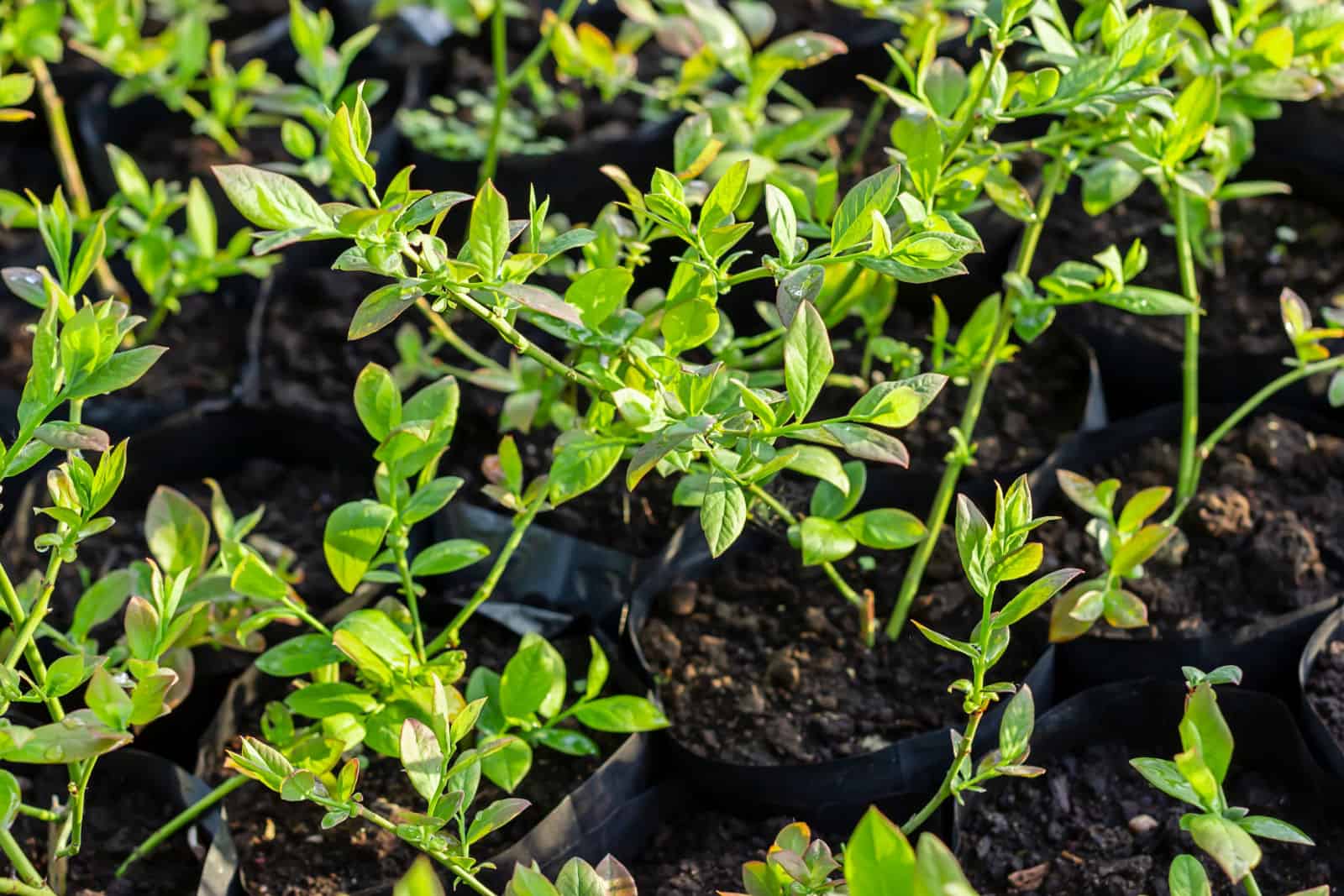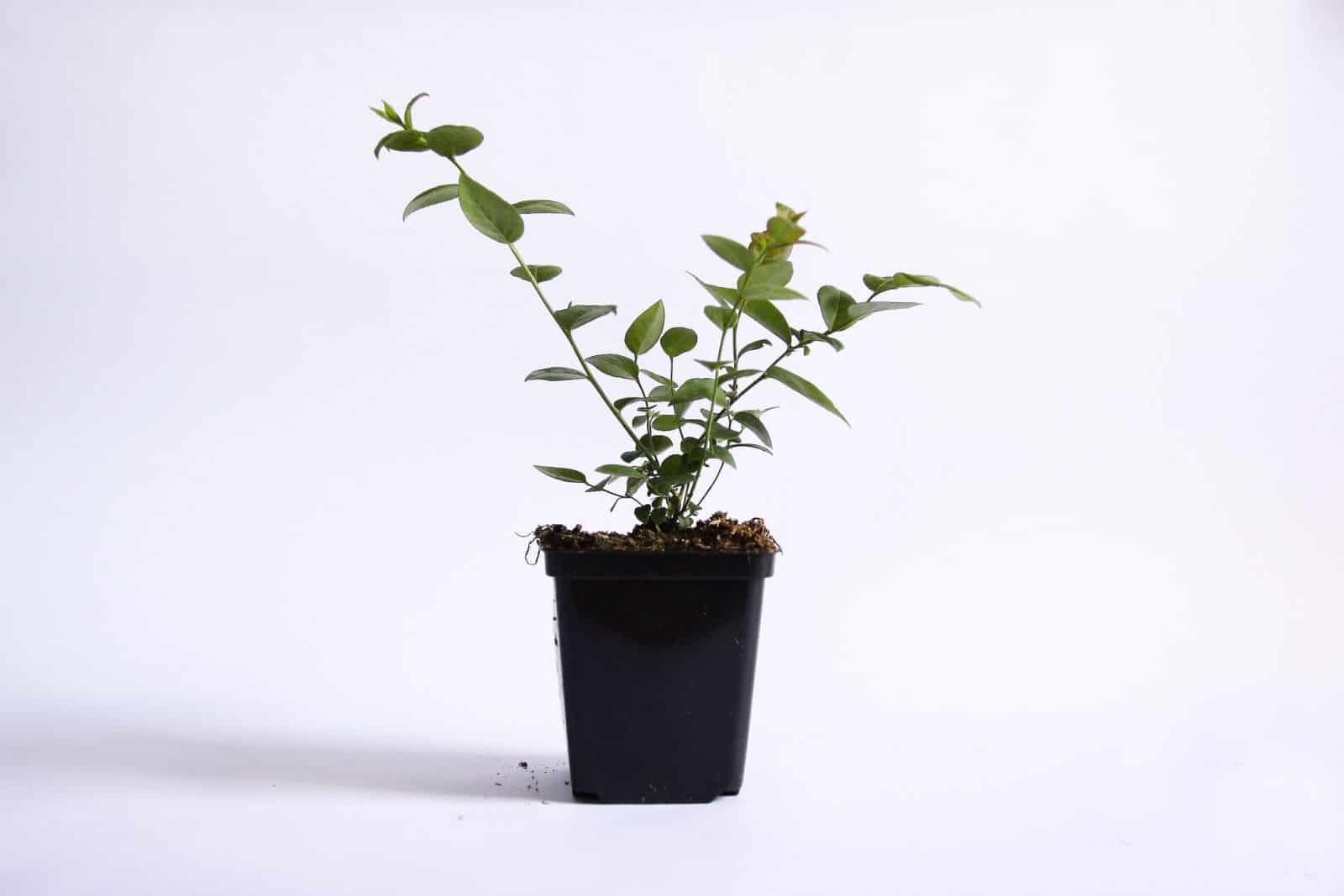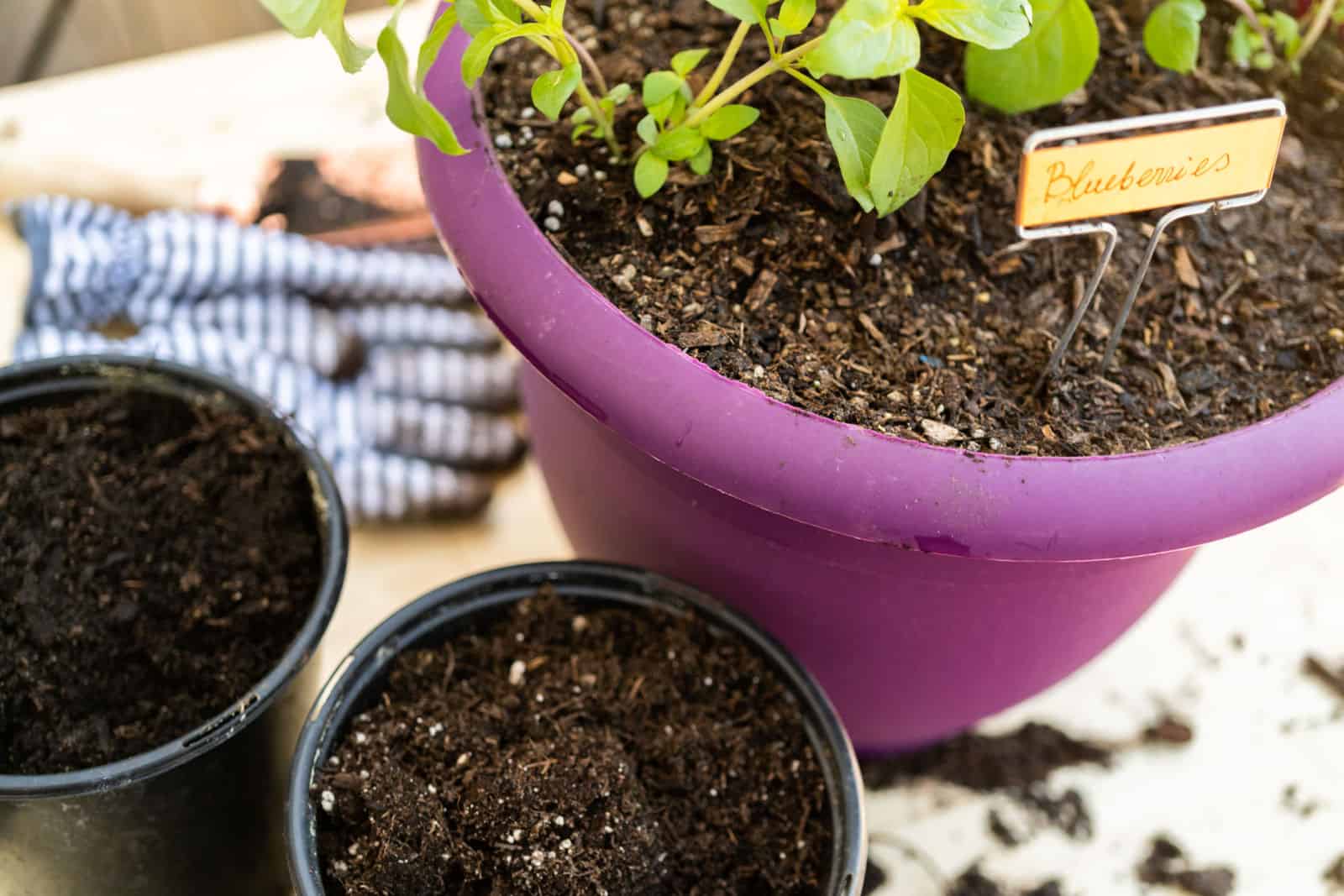Gardening is exciting because there are always some novelty methods that you can use to grow your fruits and veggies. If you want to try non traditional gardening techniques to yield better crops, I would highly recommend hydroponics.
There are a lot of benefits that come with it. You won’t have to worry about pesky pests and weed growth, and you will have total control over the nutrients provided for your plants. Additionally, it will save you a lot of space and ultimately yield tastier crops.
Lots of fruits and veggies can be grown hydroponically, and this includes blueberries!
Even though they are relatively hardy plants, they can sometimes be pretty demanding. With hydroponics, you will be able to grow them all year round with ease.
So, if you want to learn more about hydroponic blueberries and how to grow them, keep reading!
Can You Grow Hydroponic Blueberries?
Many gardeners think that hydroponic or aeroponics systems are only suitable for veggies, herbs, or flowers. However, there are numerous fruits that can be grown perfectly fine hydroponically.
When growing blueberries outdoors in the soil, it can be tricky to get the right pH levels – and these plants absolutely love acidity.
Finding the right location to grow them can also be troublesome since they have particular light requirements.
Luckily, all of these troubles can be avoided by growing blueberries hydroponically.
Instead of soil, blueberries will grow in a growing medium in which you can set the right acidity and provide the nutrients necessary for their growth and development. You can also put them anywhere you want, as long as they are placed on a flat surface.
Water and nutrient uptake is easily monitored in hydroponic systems.
What’s also noticeable about growing blueberries hydroponically is that they grow at a much faster pace and they produce juicier, tastier blueberries.
In addition, you won’t have to worry about birds stealing your berries or pests attacking the plant because with hydroponics, you will have complete control over growing conditions.
A highly recommended hydroponics system is the Ebb and flow system, though you can also use the NFT or Nutrient film technique.
We will get to that in more detail later!
How To Start Hydroponic Blueberries
First, we will discuss the best methods for starting hydroponic blueberries. In the section below, you will see the best setup for growing blueberries hydroponically. Before you start hydroponic blueberries, it’s very important to set up everything accordingly.
Blueberries can be started from seeds or cuttings. While it is a lot easier to start blueberries from seeds, they grow better from cuttings.
Let’s look at the instructions for both methods.
Starting Blueberry Seeds In Hydroponics
You can either get store-bought seeds or you can pick them from the fruit. In the latter case, you should freeze the berries first so they think that winter has arrived. After 6 weeks or so, they will be ready to start growing. Pour a cup of water to separate the seeds after they have thawed.
You will need a propagation tray, seed raising medium, grow lights, and clean water to get the seeds sprouting.
Step 1: Get The Right Medium
Warm temperatures and moisture are necessary for seed germination regardless of where you plant the seeds. This also applies to hydroponics; therefore, you will have to prepare a medium that retains moisture and is mildly acidic.
You can use either sphagnum moss or peat moss.
Soak the medium and fill the potting trays at least 3 inches deep. You should use clean water when soaking.
Step 2: Plant The Blueberry Seeds
Plant the seeds a quarter inch deep in the medium. Make sure that they are covered. You should put them in a bright light and cover the lid for humidity. The temperature should be between 60 and 70 degrees Fahrenheit.
If you are using grow lights, a low heat fluorescent bar over the propagation tray will serve as an alternative sun for these little seeds. Soon enough, they will start sprouting!
Step 3: Keep Them Nice & Warm
The blueberry seeds take some time to germinate and sprout. Generally, it takes about six weeks until they start growing, while some varieties can also take about 3 months.
During this period, you should keep them nice and warm, but also moist. Once they start growing, you will see tiny grass and leaves on top. This means that germination was successful.
Step 4: Transplanting
Once the little seedlings reach up to 3 or 4 inches, they will need more space for further growth and development. They are ready to be transplanted now, but be careful because they are still fragile.
Starting A Blueberry Cutting In Hydroponics
Starting blueberries from cuttings is a much more reliable method. You won’t have to deal with providing the optimal conditions for germination, or have to wait three months to see a tiny little leaf.
Here’s what you will need for this procedure: a blueberry cutting, sterile pruning shears or knife, rooting hormone, and growing medium.
Let’s look at the step-by-step process.
Step 1: Choose The Cutting
You can choose between hardwood or softwood cuttings.
Hardwood cuttings are taken in the middle of winter. Look for robust, vigorous shoots from long branches developed during the summer months. Always mark the end that is up. Cut at a small upward angle to make it easier for planting.
On the other hand, softwood cuttings are taken during late spring. Cut between four and five inches of the new growth. Look for shoots that are beginning to generate woody tissues, but that are still kind of flexible.
Whichever option you choose, make sure to plant them immediately, and don’t let the raw end dry.
Step 2: Get The Right Medium
When it comes to growing medium, the optimal ratio is 80% peat moss and 20% perlite. Blueberry cuttings require soiless medium that can retain just enough water while still providing additional support for the roots.
However, you can look below for more information on getting the right growing medium.
Step 3: Use Rooting Hormone
Rooting hormone will help the cutting develop roots. It is applied to the base of the cutting. The cutting should then be planted – ensure that two thirds of the cutting are buried in the medium.
You can either plant them all in one container or you can plant them in individual containers. If you want to group them all, then separate them at least 2 inches apart. However, I wouldn’t recommend planting them all together because the roots can get tangled easily.
You would then have to spend time untangling the roots when transplanting.
Step 4: Keep Them Nice & Warm
Just like the seeds, you should also keep the cuttings nice and warm. They will need some time to develop roots too. This can take several weeks or even months (depending on the conditions and variety).
When watering, you can perform a “wiggle test” by gently moving the cutting back and forth. A plant with deep roots feels considerably firmer than one that is still developing.
Misting the cuttings is a great way to keep them fresh. Hardwood cuttings might require a little more support, but can almost immediately be placed on drip irrigation with clean water.
To increase humidity, you can cover them with a zip-lock bag or transparent plastic tote. This is because they still need to receive enough light for growth and development. When it comes to light conditions, they need bright indirect light.
Step 5: Transplanting
The general consensus is to keep them in their propagation medium until fall, when you should move from simple water to a quarter strength fertilizer solution. So, before moving them into the hydroponic system, let them go into dormancy.
Knowing what you’re growing has many benefits because certain newer cultivars can be inserted into your system once rooted without additional waiting.
How To Grow Hydroponic Blueberries
Whether you are growing hydroponic flowers, hydroponic vegetables, or hydroponic herbs, the first thing you should do is prepare the appropriate system for that specific plant. As we already mentioned, the Ebb & flow system and NFT are the best way to grow blueberries hydroponically.
The Set Up
Ebb & flow is perfect for growing hydroponic blueberries. It is more suitable for growing larger blueberry plants, though it can be modified to operate on smaller varieties. It involves growing plants in a tray that is drained after being regularly flooded with a nutritional solution.
You must frequently flood and drain the tray; if you don’t want to do it by hand, you can always get an automated water pump. The cycle of draining enables the plants to absorb oxygen, which promotes healthier growth.
The Nutrient film technique can also be used for hydroponic blueberries. This system involves channels carrying a shallow stream of water with dissolved nutrients past the roots of the plants.
It also saves money, energy, and water, and makes it quite easy to cultivate plants vertically in the NFT system.
The Conditions Required
Now we have gone over how to start hydroponic blueberries and the best system for their growth and development, we must learn how to meet their other requirements, such as light, nutrients, water, etc.
Let’s take a closer look.
Growing Medium Requirements
The best growing medium for hydroponic blueberries consists of perlite, sphagnum or peat moss, coconut coir, or sand. Perlite will aid with water retention and aeration, while sphagnum moss will sustain nutrient uptake through the plant’s roots.
Coco coir is a great potassium source in addition to its other great properties, such as water retention, infiltration rate, and nutrient availability.
Don’t forget about pH levels! The ideal pH varies from 4.5 to 5.8. This refers to the hydroponics pH – don’t confuse it for the soil pH, which varies from 5.0 to 7.5.
Nutrient Requirements
Blueberries require high amounts of sulfur for proper growth. The amount of sulfur present in hydroponics is usually sufficient for other plants, though those baby blues are special and require a bit more.
There are different ways to add more sulfur; for instance, you can use Sulfur Prills, which are generally used in sulfur evaporating systems. You can also add sulfate salts or any other required nutrient (e.g. Magnesium sulfate or Potassium sulfate).
Epsom salts are commonly used for blueberry bushes grown in soil, though they can be used in hydroponics as well. However, I wouldn’t recommend using this as it can do more harm than good by messing up the pH and burning your plant.
When it comes to fertilizers, you can use a balanced fertilizer made for acid-loving plants in hydroponics.
Yellow leaves, stunted growth, low branch production are usually signs of nutrient deficiency. Quickly fix these issues by adding all necessary nutrients that your plant needs!
Light Requirements
These plants need about 12-16 hours of bright indirect light to grow and thrive. If you aren’t growing them in outdoor hydroponics, you will have to get them some grow lights. Don’t worry, they can adapt to almost any type of grow light.
The best option would be a HID fixture (High-Intensity Discharge). These lights most closely resemble sunlight. A More cost-effective option would be LED lights. Although they are not as good as HID, they will still provide enough light for your baby blue plant.
You can also use fluorescent lights. However, their low intensity will result in less berries than usual.
Expose them to light for 12-16 hours, but never 24/7 because they still need to have a day and night cycle.
Temperature & Humidity
We already mentioned that these plants like warm temperatures. The ideal temperature range for these plants is from 72 to 76 degrees Fahrenheit. When it comes to humidity, ideal levels would be around 70%.
The PPM should be set between 1260-1380.
Pruning & Dormancy
You should prune your hydroponic blueberries the same way you would prune outdoor ones. Use sterile pruning shears to remove any dead or yellowing leaves and branches.
This will result in bushier growth and better fruit production because the plant will focus its energy on ripening and producing fruit. Around one third of the plant should be pruned each season.
These plants also need to enter dormancy before the new growing season. They have to spend about 500 hours in 45 degrees Fahrenheit. However, you can also put them outdoors if your winter isn’t too cold.
Pollination
Once you see those little bell-shaped flowers, it is time for pollination. The flowers need to be pollinated in order for them to produce their delicious berries. Although hand pollination is time-consuming and energy-draining, it works the best. The plant cannot be pollinated by simply shaking it.
However, you can put the plant in a greenhouse or a shed where pollinators can enter to do the job.
Soon, you will be able to harvest those lovely little berries. They are ready for harvesting once they are fully ripe – they will be juicy, soft, and delicious!
To Sum Up
Growing hydroponic blueberries is pretty easy once you get the hang of it. If you are a beginner gardener, setting up hydroponics might look scary. Still, there are certain methods that are beginner-friendly if you are really interested in growing fruits and veggies hydroponically.
In my opinion, this is a great way to protect your plant from the pesky pests that often attack plants in the garden. This is a never-ending war. However, with proper care and growing conditions, these annoyances will stay away.
In hydroponics, you won’t have to worry about those. Just set the right system, give your plants enough nutrients, and make sure that they are warm enough. After some time, you will get to enjoy those deliciously sweet berries!
I hope this article was helpful.
Until next time!

